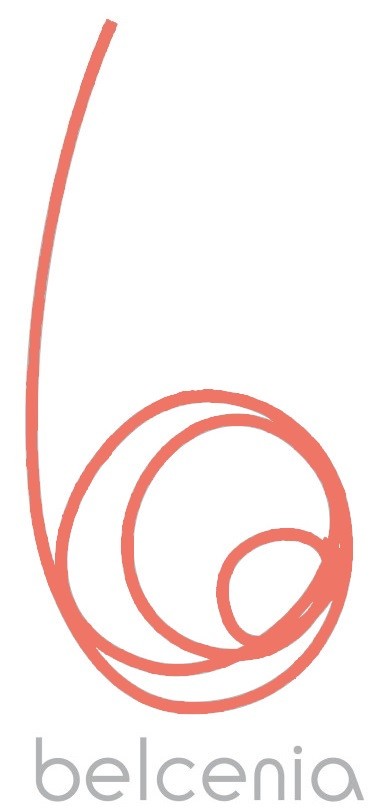COMPLETE REMOVABLE PROSTHESES
Complete removable prostheses replace all the teeth on a jaw.
They can be inserted and removed at will.
Design of the prosthesis:
Careful monitoring and adjustments facilitate the adaptation period of the prosthesis
The creation of complete removable prostheses requires a series of very precise steps. Indeed, two or more impressions are necessary to record very precisely the position of the gum, tongue, lips and cheeks.
Snap fasteners:
If the contact surface between the prosthesis and the gum is not sufficient, or if saliva is lacking, the prosthesis can be stabilized using snap fasteners placed on implants.
Follow-up:
When wearing a complete removable prosthesis for the first time, an adaptation period must be planned, particularly for eating.
In the weeks following the fitting of the prosthesis, many adjustments may be necessary in order to perfect its morphology and ensure optimum comfort.
Over time, the jaw bone and gum may sag and cause the prosthesis to lose stability. This situation is remedied by performing a "reline", which will fill the free spaces between the prosthesis and the gum.
Our advice:
Full upper removable prostheses are often stable and comfortable.
On the other hand, for the lower teeth, the anatomical conditions make stabilization more delicate.
The installation of two implants with a very simple attachment system often solves this problem.
It is advisable to discuss this with your dental surgeon, who will direct you towards the solution best suited to your mouth.
 Belcenia Dental Center
Belcenia Dental Center